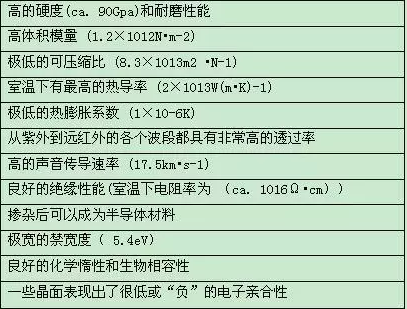A team of two independent physicists in the United States solved the major challenge of making practical quantum computers. One research team invented a new method for reading superconducting qubits (qubits), while another team proposed a new method to obtain spin qubits in diamonds for interaction.

Any viable quantum computer requires an isolated quantum state that can store information qubits for a relatively long period of time. These qubits must be able to interact at the right time to be able to process the information and read the results. It is these often conflicting requirements that make it very difficult to make a practical quantum computer.
In the second paper in the journal Science, Mikhail Lukin of Harvard University and colleagues used two silicon vacancy centers in diamonds as two qubits. When two adjacent carbon atoms in the diamond lattice are replaced by one silicon atom, the silicon vacancy center is generated. The spin of silicon produces a good qubit because it is isolated from electrical noise but interacts with light at certain frequencies.
The challenge is to have two silicon vacancy centers interact with each other. The team placed two silicon vacancy centers in one cavity, which greatly increased the likelihood of their interaction: "The two silicon vacancy centers in the dark room are a bit like two people trying to send each other with a dim flashlight Morse code," explains Harvard University Ruffin Evans. “If you create a cavity by placing mirrors back-to-back on each wall, the light will bounce back and forth, giving people more chances to see the signal.†When tuning to the same frequency of resonance, two silicon vacancies The center forms a super-radiative "bright" state and a non-radiative "dark" state by interaction mixing.
Creating two interacting qubits is nothing new. Other researchers have gone one step further and created working quantum logic gates using different qubit techniques. Evans explained: “The innovation of our work is that even if the interaction between light and matter is usually very weak, we can still use light to create an interaction between the two silicon vacancy centers. The next step is to take advantage of This interaction creates a true quantum gate. Such a device system should naturally help create a "quantum Internet" that uses photon-based qubits to transmit over long distances over fiber optics.
Barry Sanders of the University of Calgary in Canada told Physical World that he believes that if the measurement fidelity can be improved, the McDermott team's work may be directly applied to quantum computing. He said: "Superconducting circuits are generally considered to be the most promising direction for implementing scalable quantum computing, but a big drawback has been the lack of single-photon detection." "This is a great plan, in my opinion it is feasible."

Diamond is one of the special materials in nature, with the highest hardness, low friction coefficient, high elastic modulus, high thermal conductivity, high insulation, wide energy gap, high acoustic propagation rate and good chemical stability, as shown in the following table. Although natural diamonds have these unique properties, they have always existed only in the form of gemstones, and their versatility and rarity greatly limit their applications. The CVD diamond film prepared by Luoyang Yuxin Diamond combines these excellent physical and chemical properties, and the cost is lower than that of natural diamond. It can prepare various geometric shapes and has broad application prospects in the fields of electronics, optics and machinery.
Sodium Ethylenesulphonate,Surface Active Agent,Electroplate Glossy Agent,Synthetic Fiber Emulsifier
XINGZHILIAN BIOLOGICALR&D CO.,LTD , https://www.xzlsdslds.com